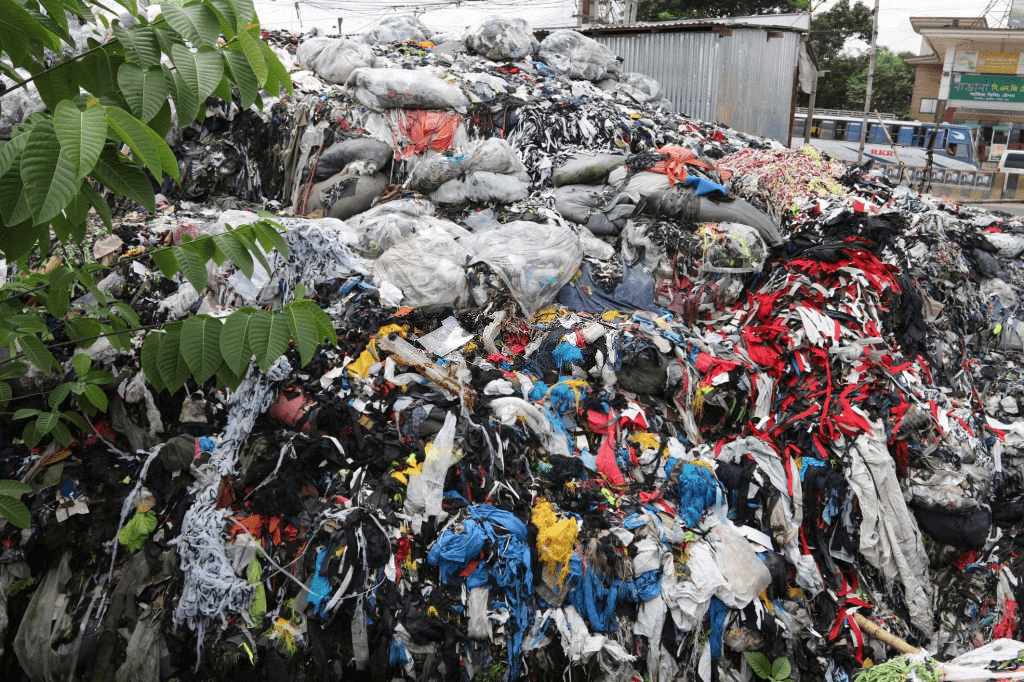Why Textiles Must Be Recycled
Take a look at the clothes you’re wearing. When did you buy them? How long are you going to use them? How are you going to dispose of them after they become unfit or out-of-fashion? Do you know what happens after you throw them off? To us, the lifecycle of textiles begins from the time we buy it and ends after we toss them away. But do you know that the textiles you wear today can be reprocessed and made into brand new clothes?
Every year, one million tons of textiles are sent to landfills. Most of these textiles are thrown away after just 3 years of use. 80% of textiles sent to the landfill can be recycled or reused but currently, only 25% of them are being recycled. Textiles that go into landfills take years to get decomposed in case natural fibres and it would take synthetic fibres forever to decompose.


Being environmentally conscious not just means choosing textiles made of organic materials. An average-sized T-Shirt needs 2,700 litres of water, a considerable amount of electricity and other resources to manufacture. Curbing the lifecycle of textiles to only 3 years causes humungous loss to Earth’s resources. This is where recycling of textiles comes to the rescue. Not just used garments, but also the fibres lost during spinning, weaving and cutting can be recycled to produce new clothes.
Recycling of textiles existed since the 18th century. The Napoleonic wars resulted in the shortage of virgin wool which led to the amassing of used woollen clothes and upcycling them into new garments. Although the concept of textile recycling is 150 years old, it still remains a relatively new concept. Only a handful of companies in the world are trying to advocate its significance.
The process of textile recycling would begin with sorting the textiles based on their colour or fibre type. Sorting them based on colour reduces the cost of redying. After shredding, a variety of different fibres can be added to alter the functionality of textiles.
The recycled fibres are then spun into yarns and knitted or woven to produce the final garment. With a variety of advanced textile chemical auxiliaries available in the market today, the recycled garment can be made on par in quality with the virgin garment.

The process of recycling textiles is a sustainable alternative to throwing used textiles in landfills. Textile recycling saves productivity, water and energy. Enough awareness must be created among consumers to choose recycled garments so that textile manufacturing companies will start recycling used textiles to meet it’s customers’ demands.
Your Comments
INDUSTRIES WE SERVE












